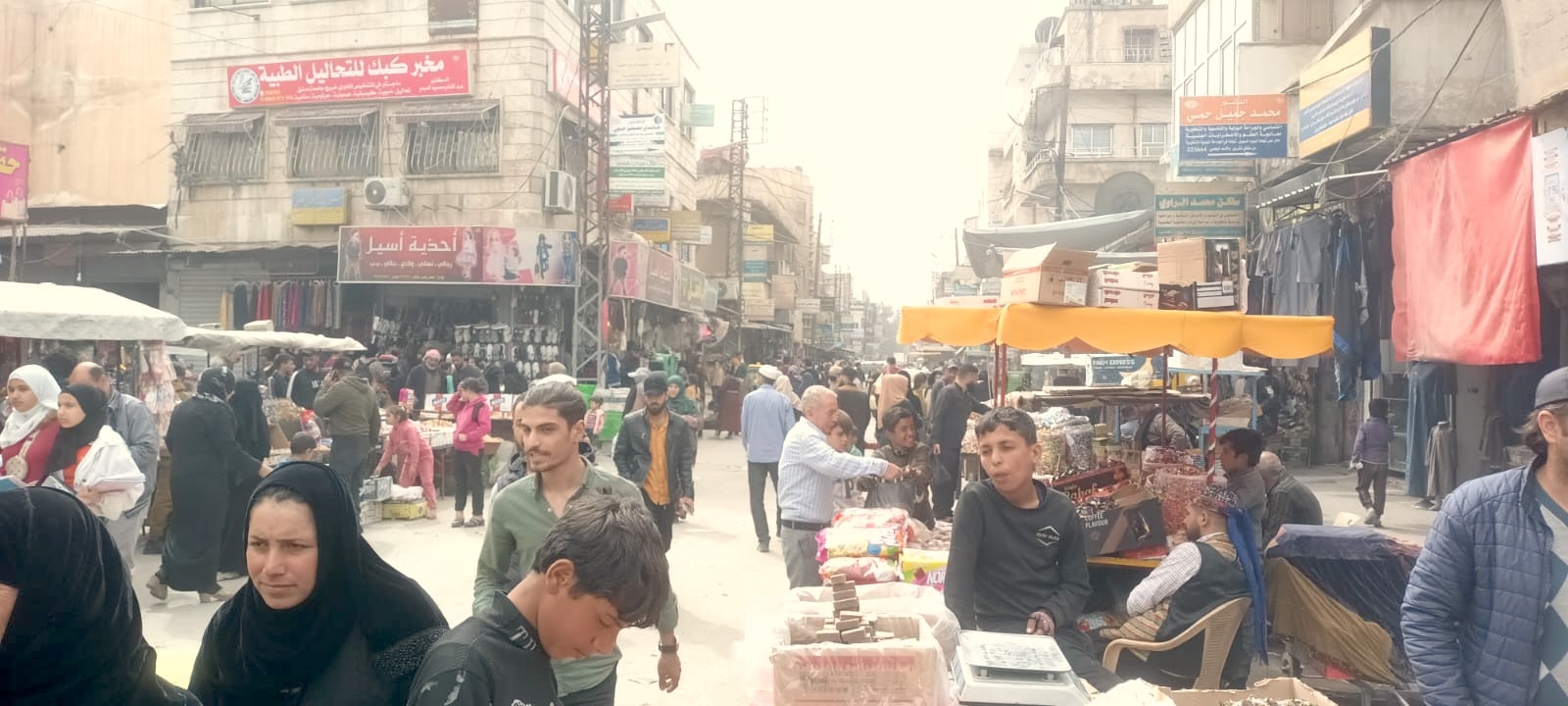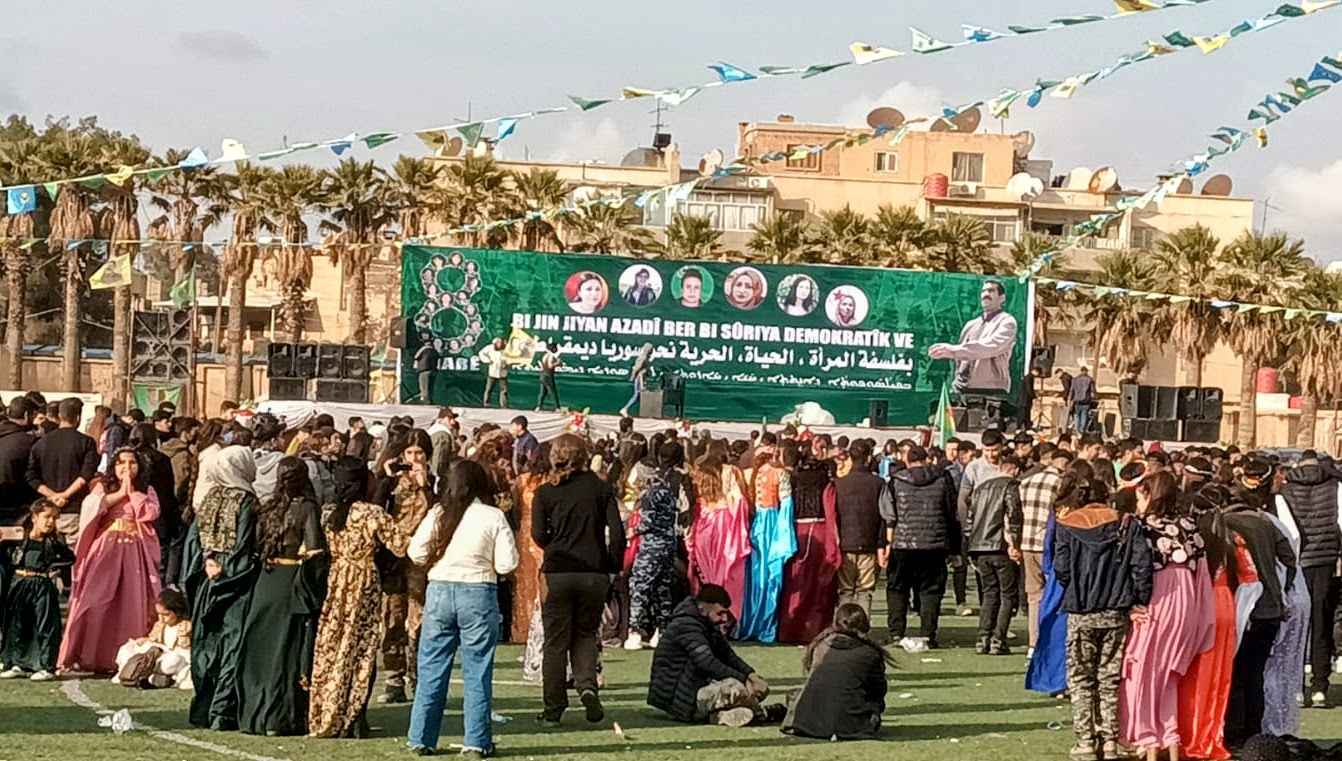
The city and region of al-Hasakah
Al-Hasakah is a city in northeastern Syria and the capital of the province of the same name. The city is located in a fertile area near the Khabur and Euphrates rivers and has historically been an important agricultural region. Al-Hasakah has a multicultural population consisting of Arabs, Kurds, Assyrians/Syrians and Armenians. The Kurds make up a large part of the population, especially after the Syrian conflict. The city has traditionally been characterized by a mixture of languages and religions, where Arabic, Kurdish, Syriac (Aramaic) and Armenian are spoken.
The city and its surroundings have a long history and have been inhabited since ancient times. The area was part of Mesopotamia and has been influenced by several major civilizations, including the Assyrians, Persians, Romans and later the Islamic Caliphates. During the French Mandate over Syria and Lebanon (1920–1946), Al-Hasakah grew in importance, especially with the development of agriculture and infrastructure. The region has had a turbulent history since independence from France in 1946, marked by military coups, regional conflicts and civil wars. During the years of Bashar al-Assad in the 21st century, a certain liberalization takes place at first, but opposition forces are quickly suppressed.

During the Syrian civil war, Al-Hasakah has been a strategically important city. It has been controlled by multiple actors, including the Syrian government, Kurdish forces (SDF/YPG) and sometimes opposition groups. Al-Hasakah is known for its production of wheat and cotton, two important agricultural products in the region. The area is also rich in oil, which has made it an economically important part of Syria. However, infrastructure and services have been affected by the war, and water shortages have been a recurring problem in recent years. After a few years of Islamist chaos and oppression, in the spring of 2015 the YPG advanced in areas controlled by IS, and in June 2015 the districts of Kobanê and Jazira, corresponding to Syria’s al-Hasakah province, were linked together after Kurdish forces took control of the strategically important town of Tell Abyad.
Some six months later, the founding of the SDF was proclaimed in connection with a press conference in the city of al-Hasakah. The SDF was an alliance of various Syrian militia consistingof Kurds, Arabs, Syrians, Armenians, Turkmen and Circassians. The common goal was to liberate the northeastern parts of Syria from the Islamic State and other Islamist groups. The alliance partly built on the successful operations under the name “Euphrates Volcano”. Under that label, the YPP and elements of the Free Syrian Army had cooperated with US, among others, to drive IS out of Kobane. Later, other local Arab forces also joined the SDF, groups that previously, among other things, were involved in the recapture of Tall Abyaḑ, al-Hasakah and other places important to the region.
After a two-day conference in December 2015, the SDF’s political arm, the Syrian Democratic Council, was founded. In the draft of the updated 2016 constitution of the Rojava Federation, the SDF is mentioned as its official defence force (at the time consisting of about 50,000 armed soldiers). About 60 percent of the SDF were ethnic Kurds. Some of the former US-trained Syrian rebel groups were now also part of the alliance. In addition to IS, the SDF was in military opposition to the other Islamist elements of Syria’s opposition groups. These groups received military support from Turkey and opposed both American and other international support for the secular SDF. The SDF alliance’s goals and military operations were also part of what came to be known as the Rojava revolution in northern Syria. The goal of the alliance was to create a self-government based on the principles of direct democracy and a secular inclusive and democratic confederalism.